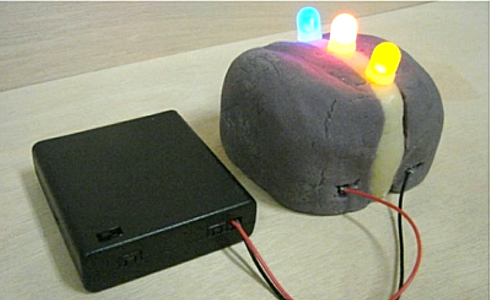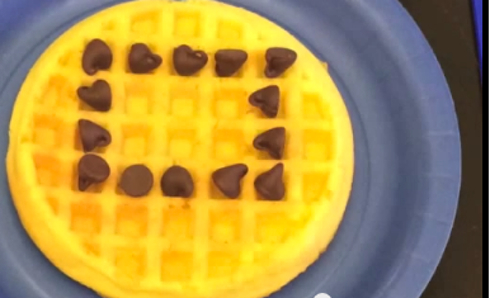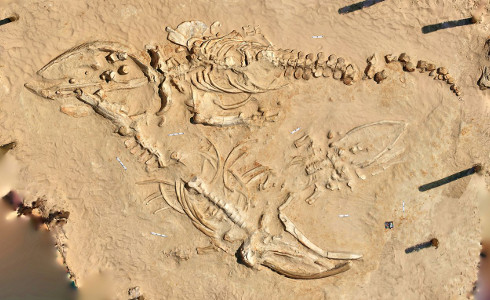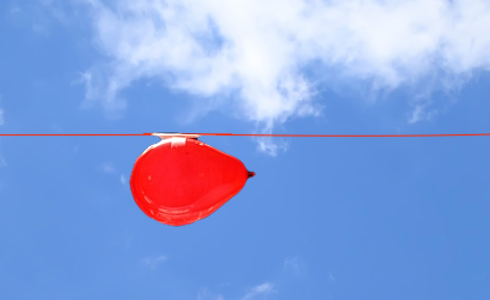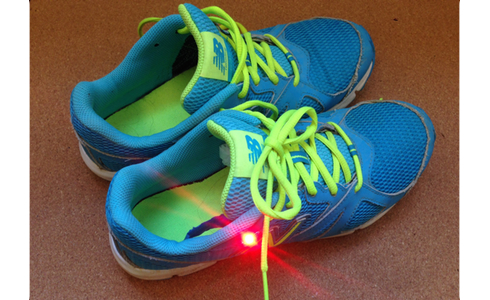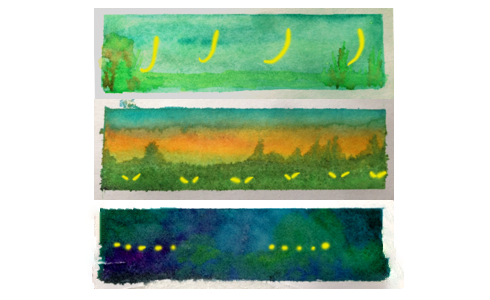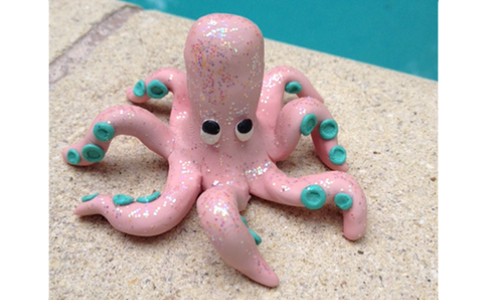Educate
Free STEM activities, lessons, and resources for all learners.
Squishy Circuits
Use two play dough recipes to create “squishy circuits” and explore electricity.
No Waffling On The Numbers
Three delicious math games you can play on your waffles to build math fact fluency and geometry skills, from the folks at Bedtime Math.
Classroom Strategy: Image of the Day
Three approaches for using images as gateways to instruction in grades 4-16.
Salad Dressing Science: Emulsion Lab
In this experiment, you will test a few common household ingredients to see which is the most effective emulsifier for making salad dressing – and you can eat your results!
Balloon Rockets
In this lesson from the Chemical Educational Foundation, apply the concepts of pressure and Newton’s laws of motion to build balloon rockets.
Fashion Circuit
Add some pizzazz to your favorite clothing and accessories using some wire, tape, a battery, and an LED.
Talk Like A Firefly
Learn to speak the language of fireflies and invent your own secret flash code.
The Chemistry Behind How Fireworks Get Their Colors
Investigate what colors metal salts can make as you burn them and discover how chemical reactions make brilliant fireworks colors.
Physics Secrets for Hula Hooping
In this activity from Science Buddies, kids will create their own hula hoops and investigate how the hoops’ masses affect how they spin. Which do you think will spin better, a heavy hoop or a lighter one?
How Does an Octopus Change Its Body to Blend In With Its Environment?
Watch footage of a live octopus to model different ways that these animals can camouflage themselves by changing their body’s texture, shape, size, and color.
